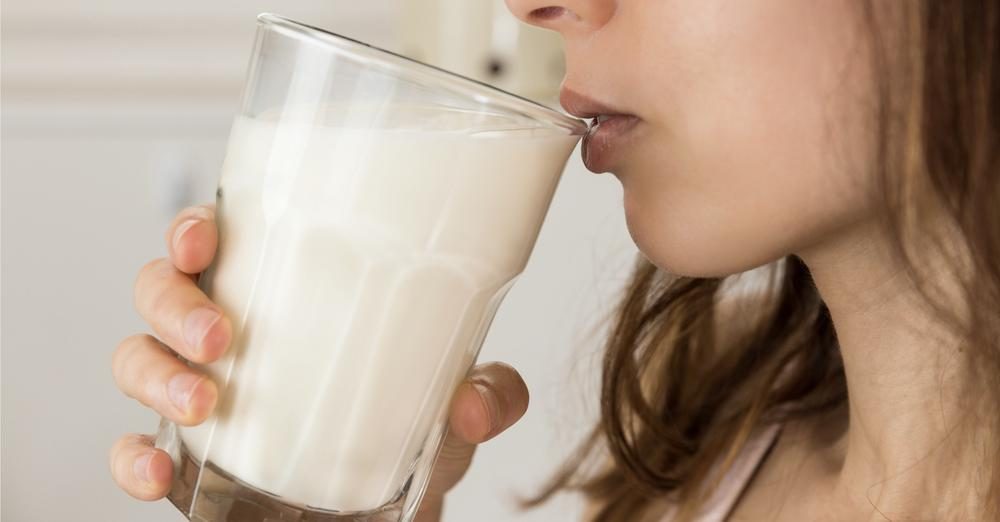7 Top Myths About Ham, Debunked
Ham is a popular meat enjoyed worldwide, but many misconceptions surround its preparation, nutritional value, and safety. This article debunks common myths about ham, providing accurate information to enhance your culinary experience.
;Resize,width=742;)
Ham is a beloved meat enjoyed in various cuisines around the world. Whether it's a festive holiday centerpiece or a sandwich staple, ham has earned its place on our tables. However, there are many myths and misconceptions about ham that can lead to confusion. Here, we debunk some of the most common false facts about ham to set the record straight.
Myth #1: All Ham is High in Fat
While some types of ham can be high in fat, many options are relatively lean. For example, lean cuts like center-cut ham slices or ham steaks have significantly less fat than fattier cuts. Additionally, trimming visible fat from the edges can further reduce fat content. Always check nutritional labels to choose lower-fat options if that's a concern for you.
Myth #2: Ham is Always Full of Additives and Preservatives
Not all ham is heavily processed with additives and preservatives. There are different types of ham, ranging from heavily processed deli ham to naturally cured varieties. Look for labels that specify "uncured" or "no nitrates added" to find options with fewer additives. Additionally, some artisanal hams are made using traditional methods with minimal processing.

Myth 3: Ham is Unhealthy and Should Be Avoided
Like any food, ham can be part of a healthy diet when consumed in moderation. It is a good source of protein, vitamins, and minerals such as iron and zinc. Opting for leaner cuts and balancing your diet with plenty of fruits, vegetables, and whole grains can help you enjoy ham without compromising your health.
Myth 4: All Ham is Fully Cooked and Ready to Eat
Not all ham is pre-cooked. Some hams, like fresh ham, are raw and must be cooked before eating. It's crucial to read labels carefully and follow the cooking instructions provided. Fully cooked hams, such as spiral-cut or canned hams, can be eaten straight out of the package or warmed up, while uncooked hams require proper cooking to ensure they are safe to consume.
Myth 5: You Can't Freeze Ham
Ham can be successfully frozen to extend its shelf life. Both cooked and uncooked hams can be frozen, though it's essential to wrap them properly to prevent freezer burn. For best results, use airtight packaging or freezer bags, and consume frozen ham within a few months for optimal flavor and texture.

Myth 6: All Hams Taste the Same
There is a wide variety of hams, each with its unique flavor profile. Factors such as the type of pig, curing process, seasonings, and smoking methods all contribute to the final taste. From the sweet and salty flavors of Virginia ham to the robust smokiness of Spanish Jamón Ibérico, exploring different types of ham can make a delightful meal.
Myth 7: Ham is Only for Special Occasions
While ham is often associated with holidays and special events, it can be enjoyed year-round in various forms. Sliced ham is a convenient and tasty addition to sandwiches, salads, and breakfast dishes. Ham steaks or smaller roasts can make an easy and delicious weeknight dinner. Embracing ham beyond festive occasions can add variety to your regular meal rotation.
;Resize,width=767;)
;Resize,width=712;)

;Resize,width=712;)
